Sangria...more history than you might think
Saturday, July 29, 2023

Sangria is a delightful, fruity, and intoxicating drink loved by many, especially during the warm seasons. But, have you ever wondered where this refreshing beverage comes from and how to make the traditional recipe?
The Origin of Sangria
The origin of Sangria can be traced back to Spain. It is believed that the beverage was popularized during the Roman times when water was often unsafe to drink. To sanitize it, they mixed it with alcohol, ripe fruits, and spices. This not only made it safer but also more flavorful.
Its name, Sangria, directly translates to 'bloodletting' in Spanish – a reference to its deep red color, which is traditionally derived from red wine. Over centuries, the drink evolved with regional variations, but it always maintained its base of wine mixed with fruit.
Interestingly, Sangria was introduced to the U.S during the 1964 World's Fair in New York. Since then, it has become a wildly popular drink across the country and world – and for a good reason.
The Traditional Recipe of Sangria, as of today...
Contrary to many eclectic modern variations, the traditional Sangria recipe is remarkably straightforward and easy to make.
Here's the traditional recipe:
Ingredients:
Instructions:
-
Slice the orange and lemon into thin rounds.
-
In a large pitcher, muddle the fruit slices and sugar until the sugar dissolves.
-
Add the brandy and red wine to the pitcher and stir to combine.
-
Chill in the refrigerator for at least an hour, ideally overnight. This allows the flavours to meld together.
-
Before serving, stir in the soda water and add ice cubes.
And there you have it – the perfect traditional Sangria! It's a simple, refreshing drink that's perfect for warm weather or a party. The key to the best Sangria is using good quality wine and allowing enough chilling time for the flavours to mix.
So next time you sip on Sangria, you not only enjoy its delightful taste but also appreciate its rich history that dates back to ancient times. Enjoy
 2
Like
Published at 12:25 AM Comments (0)
2
Like
Published at 12:25 AM Comments (0)
Escape the heat and navigate Europe's longest underground river
Saturday, July 22, 2023
Located half way between the shore and Sierra Espadán, La Vall d’Uxó exhibits an interesting monumental heritage distributed among its two traditional centres. But the caves of San José are one of its main attractions.
La Vall d’Uxó is situated in the spurs of Sierra Espadán, in a valley devoted to citrus farming, and surrounded by coastal mountains.
Traditionally, the village was divided into two centres: the high quarter, and the lower side, or Poble de Baix. In the higher part of town, we can admire places such as the square of Plaza del Ángel, and the parish church of Poble de Dalt, or rather take a walk through the narrow streets of the district of L'Alcudia, whose origins date back to Arab times.
The centre of Poble de Baix is at Plaza de Sant Vicent, where a hermitage of the same name stands. Carrer Nou, the main artery of this side, leads to other historic spots, such as Plaza de la Asunción, where the church of Poble de Baix stands, as well as the historic Fountain of Chorros.
On the outskirts of the city centre we find the caves of San José, which can be visited either on foot, or by taking a boat ride through its passages.

This underground river flows through the Sant Josep Caves, which enables you to enjoy an amazing natural phenomenon.
The Sant Josep Caves are situated in the Sierra de Espadán Nature Reserve. They hold one of the few navigable underground rivers in Spain and the longest in Europe, which is 2,750 metres long, out of which 800 are suitable for tourist visits. It is a magnificent example of a hydrologically active cave, where remains of Palaeolithic sites and cave paintings have been found. The highlight is the tour round the crystal clear waters that goes by the Azul (Blue) Pond, Murciélagos (Bat) Room, "Boca del Forn", and Diana and El Diablo (Devil) lakes, amongst others.



Some of its most characteristic formations are: the Medusa, la Cascada de la Flor and Portal de Belén. The visit lasts 40 minutes and is covered mainly by boat. It is suitable for everyone and an additional caving/tourism visit can be booked. (Cuevas de San José in Vall D'Uixo)
 2
Like
Published at 2:42 AM Comments (0)
2
Like
Published at 2:42 AM Comments (0)
The Geology Museum
Saturday, July 15, 2023

Madrid is teeming with museums, but none quite like the Museo Geominero. Opened in its current location in May of 1926, the collection’s roots extend nearly a century earlier when engineers and geologists began amassing literal and figurative gems of the nation during a massive project to map Spain’s geology, undertaken in 1849. Housed originally in the palace of the Duke of San Pedro, the current cavernous home of these specimens has become a cherished secret among Madrid’s sometimes ravenous museum-goers.
As if tiers of cases containing sparkly bits mined deep from the centre of our planet and invertebrates older than humankind weren’t enough of a draw, the museum itself is a masterpiece in its own right. Housed as it is within a four-story marble and glass building constructed in the beaux-arts style, the ornamentation surrounding the show’s stars are reason alone to visit. Due to architect Francisco Javier de Luque’s adroit inclusion of a massive glass roof, everything contained therein is imbued with an added sparkle due to the natural light radiating from on high.
Additionally, the "Museo Geominero" distinguishes itself from its geological peers in its execution of a self-proclaimed mission to educate its patrons. Its displays are accompanied by an uncommon amount of information on all matters geologic and paleontologic, both in Spanish history and far beyond. Visitors to the museum leave not only blinded by brilliance but with a depth of knowledge about what so often goes unnoticed underfoot.
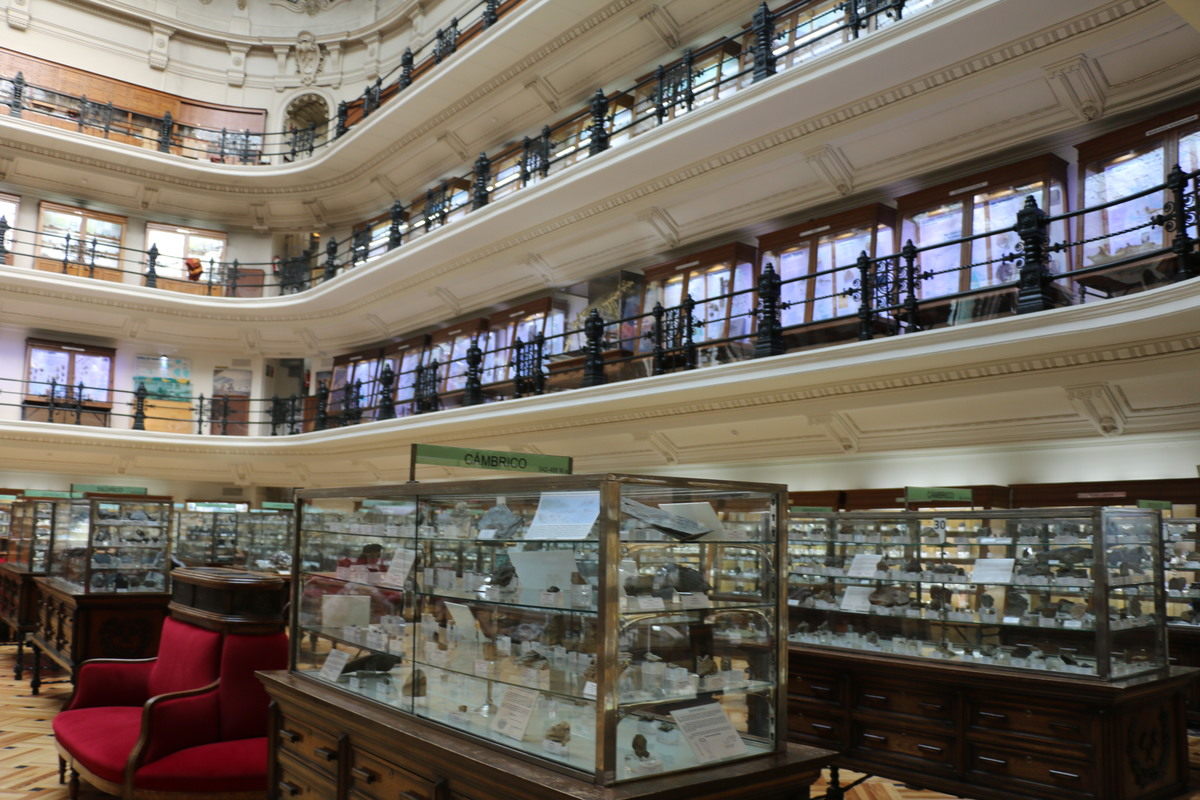
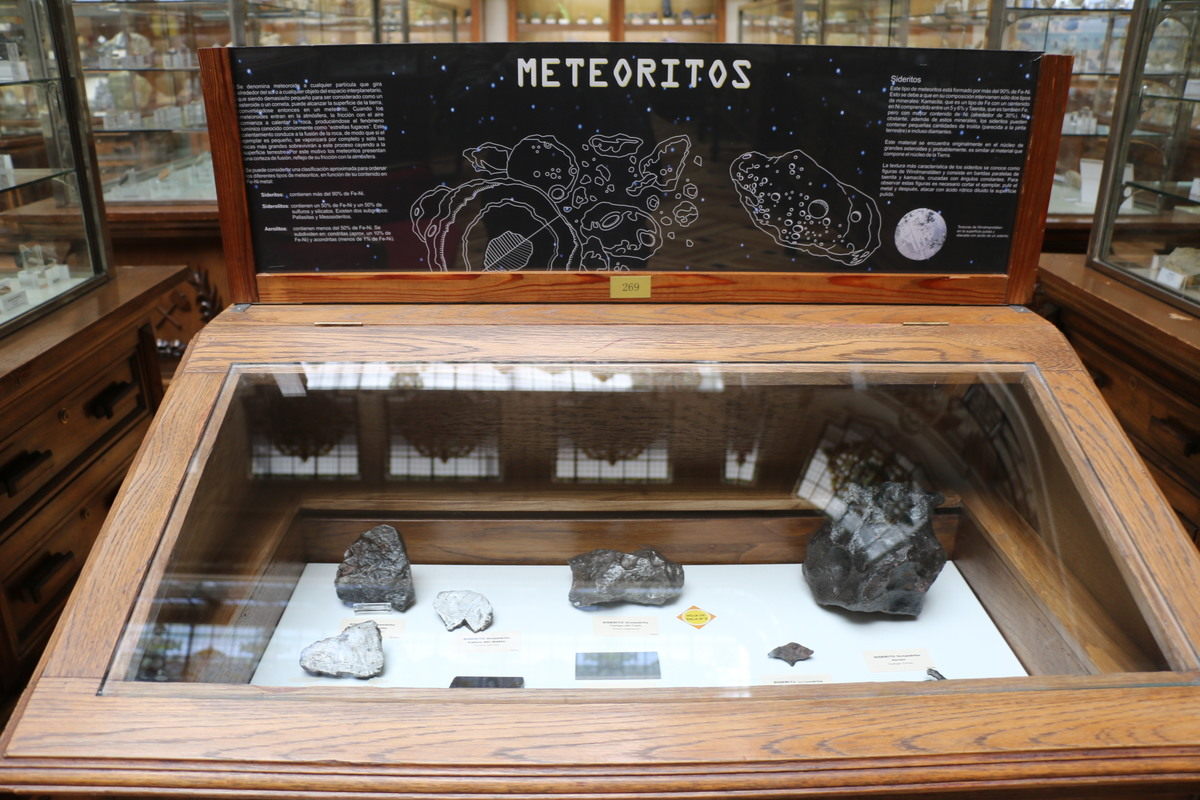
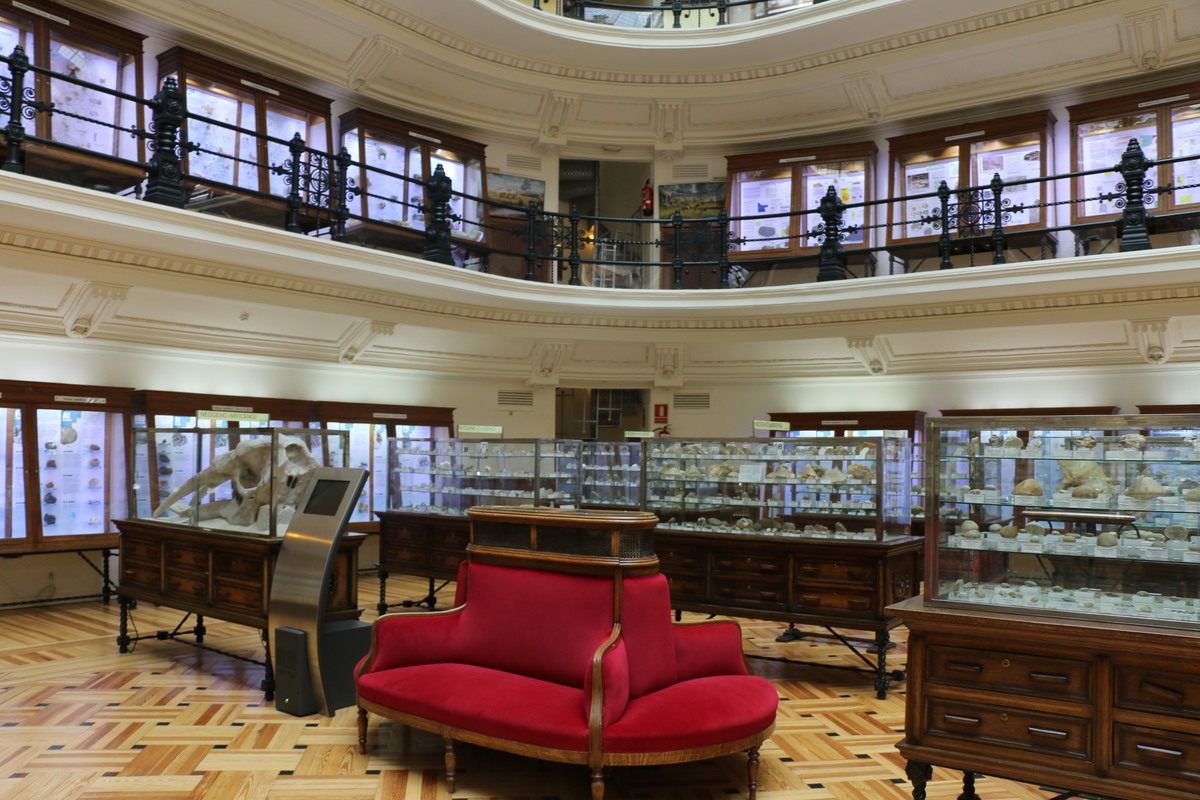
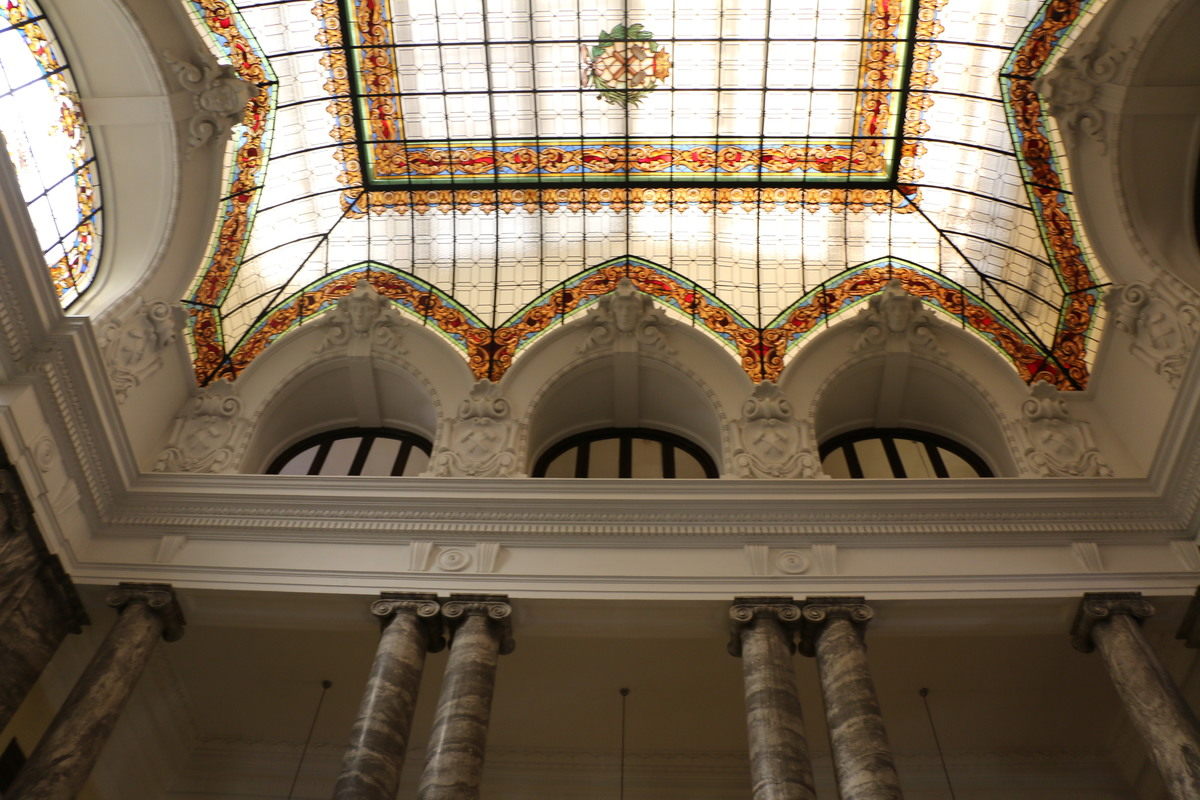
 0
Like
Published at 2:14 AM Comments (0)
0
Like
Published at 2:14 AM Comments (0)
Fuente de Irache...not just any drinking fountain
Saturday, July 8, 2023
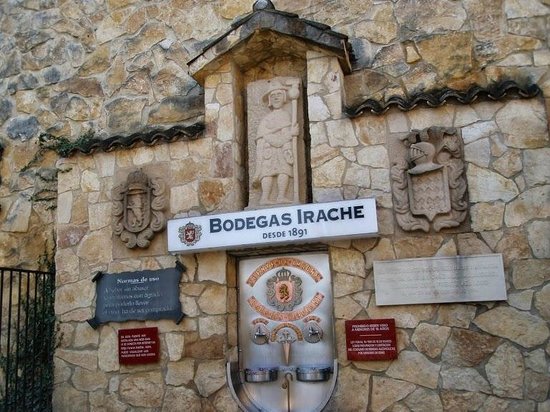 The Camino de Santiago, or The Way of St. James, is one of the world’s most famous long-distance pilgrimages. This primitive walk was created for those making the medieval pilgrimage to see the remains of St. James the Apostle in the city of Santiago de Compostela. Staring during the 9th century, this path now sees thousands of modern-day pilgrims crossing the country, with many taking 30 or more days to complete their journey. The Camino de Santiago, or The Way of St. James, is one of the world’s most famous long-distance pilgrimages. This primitive walk was created for those making the medieval pilgrimage to see the remains of St. James the Apostle in the city of Santiago de Compostela. Staring during the 9th century, this path now sees thousands of modern-day pilgrims crossing the country, with many taking 30 or more days to complete their journey.
As you trek through the Navarra region, an area renowned for its local wine, you will come across one of the many quirky sites of the Camino: the wine fountain. The small Navarra town of Ayegui is home to the Monasterio de Irache and its attached winery, the Bodegas de Irache, which was established in 1891. The wine fountain was created in order to provide motivation for fatigued followers of St. James.
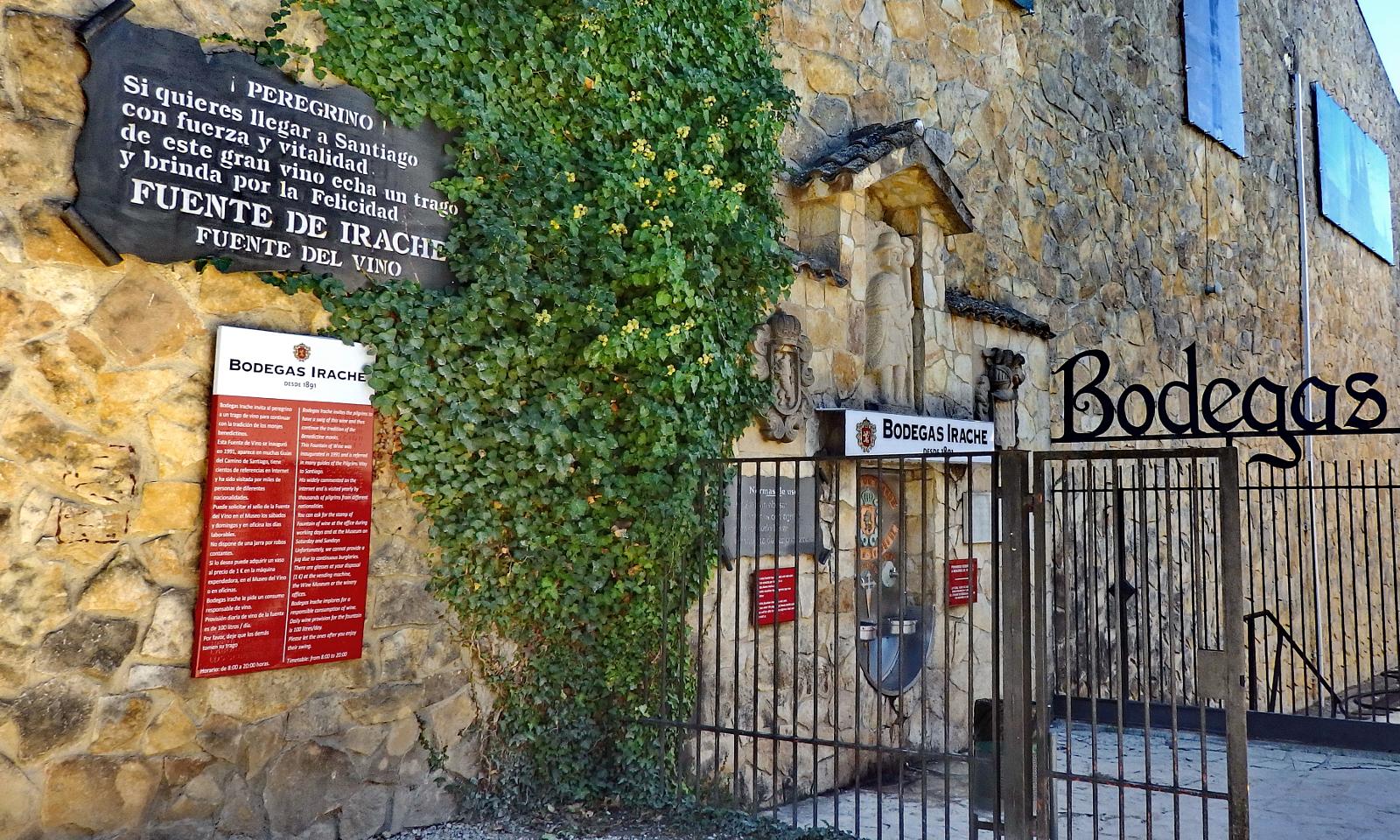
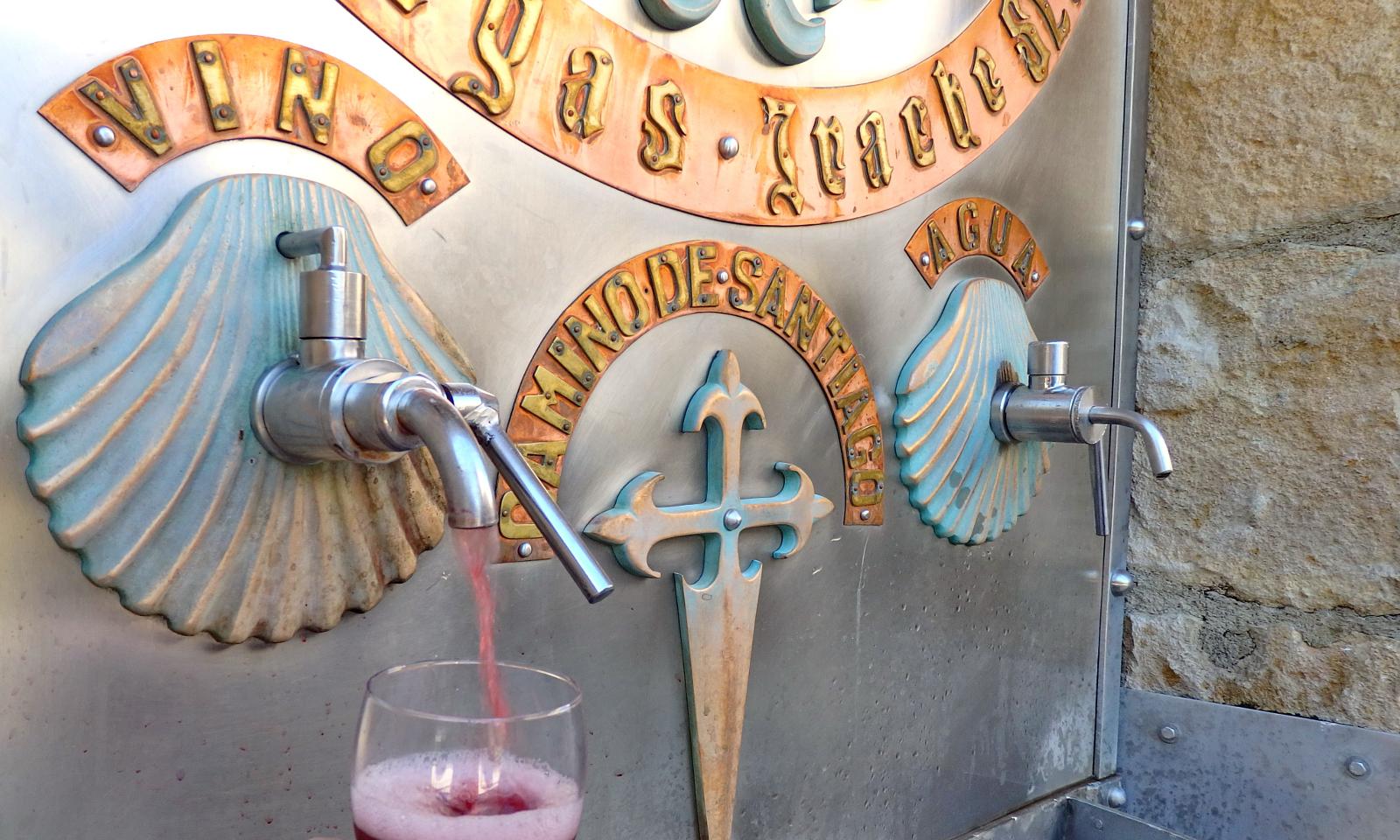
Walk up to the gated fountain, and you’ll see pilgrims filling scallop shells (which are consistent symbols along the path; many pilgrims will carry or wear the shells as they complete their journey) and water bottles with the blessed wine from the monastery. The chilled red wine is light and refreshing, but it’s strong! Tired or dehydrated trekkers should take it easy...
While you can visit the wine museum, the monastery, and the winery themselves, the wine fountain is reserved for those following "El Camino". So if you want a free drink, you'll need to get your walking boots on!
 3
Like
Published at 12:18 AM Comments (1)
3
Like
Published at 12:18 AM Comments (1)
Spam post or Abuse? Please let us know
|
|